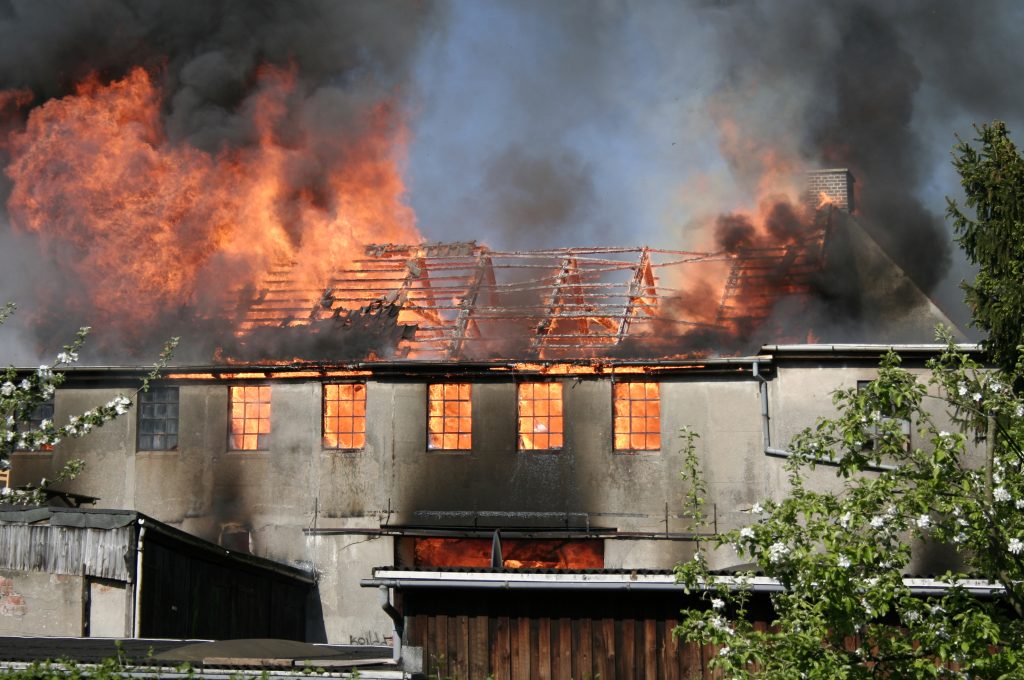 When a loved one dies from an avoidable accident, a family’s options for recovery include a wrongful death lawsuit. For this claim to succeed, a family often needs to prove that someone had a duty to protect the decedent but acted negligently in causing this death. For wrongful death lawsuits related to building fires, potentially negligent parties include those involved in preventing these disasters: building inspectors and fire marshals.
When a loved one dies from an avoidable accident, a family’s options for recovery include a wrongful death lawsuit. For this claim to succeed, a family often needs to prove that someone had a duty to protect the decedent but acted negligently in causing this death. For wrongful death lawsuits related to building fires, potentially negligent parties include those involved in preventing these disasters: building inspectors and fire marshals.
A fire at the Willow Creek Apartments in Grand Isle, LA on September 26, 2012 resulted in the deaths of two residents, Belle Brandle and Timothy Foret. One year later, Mr. Foret’s sisters, Sandra Hanson, Yvonne Grizzaffi, and Patricia Foret, brought a wrongful death lawsuit against the Office of the State Fire Marshal (“SFM”) and the inspector who inspected the apartments prior to the fire, Nunzio Marchiafava. Mr. Foret’s sisters argued that SFM and the inspector were negligent in responding to a resident’s fire hazard complaint. The trial court granted SFM and the inspector’s motion to dismiss in 2015; one of Mr. Foret’s sisters, Sandra Hanson, appealed.
Her argument hinged on the following four purported claims regarding SFM and the inspector: (1) they failed to investigate the report of a fire hazard, (2) they failed to advise the apartment owner of this hazard, (3) they failed to bring action against the apartment owner for this hazard, and (4) the inspector falsified his inspection report.
 Louisiana Personal Injury Lawyer Blog
Louisiana Personal Injury Lawyer Blog



 People bring lawsuits in order to obtain compensation for wrongs they have endured. Even when there is no dispute about liability, determining the appropriate categories and amounts of damages can be complicated as it involves numerous legal and technical issues. Damages can encompass everything from past and future medical expenses to scarring to loss of enjoyment of life. However, there must be sufficient evidence from which a court can draw to support the award of damages. The following lawsuit that stemmed from a fight at a casino illustrates some of these principles.
People bring lawsuits in order to obtain compensation for wrongs they have endured. Even when there is no dispute about liability, determining the appropriate categories and amounts of damages can be complicated as it involves numerous legal and technical issues. Damages can encompass everything from past and future medical expenses to scarring to loss of enjoyment of life. However, there must be sufficient evidence from which a court can draw to support the award of damages. The following lawsuit that stemmed from a fight at a casino illustrates some of these principles. In Louisiana, determining the allocation of fault is an important part of lawsuits because it directly impacts the damages you can be awarded. If you are found 40% at fault, then you will only be able to collect damages for 60% of total damages.
In Louisiana, determining the allocation of fault is an important part of lawsuits because it directly impacts the damages you can be awarded. If you are found 40% at fault, then you will only be able to collect damages for 60% of total damages. 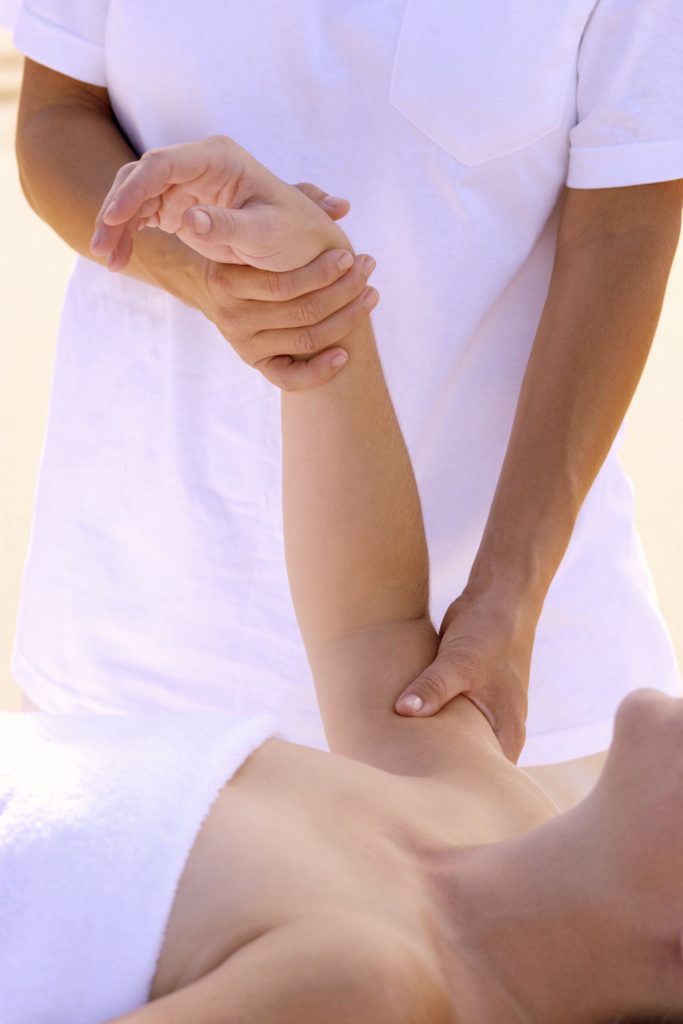 Imagine going to get a massage and leaving with an injury that forever altered your life. After such an injury, it is difficult to put a dollar value on these injuries. The following lawsuit discusses the types of damages that can be sought by a Plaintiff who believes that they have been injured by a massage gone wrong.
Imagine going to get a massage and leaving with an injury that forever altered your life. After such an injury, it is difficult to put a dollar value on these injuries. The following lawsuit discusses the types of damages that can be sought by a Plaintiff who believes that they have been injured by a massage gone wrong.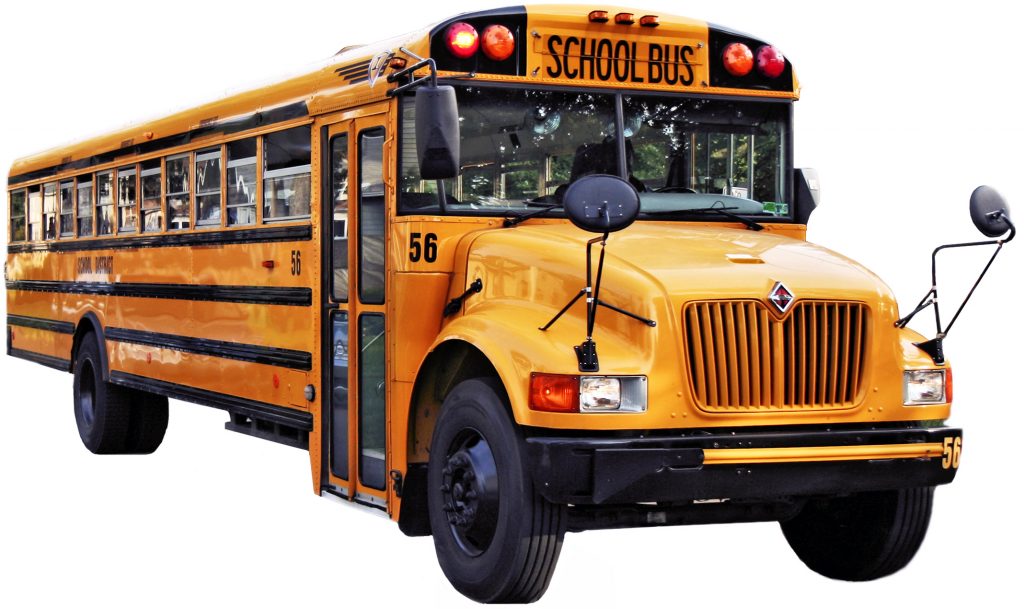 Entrusting a child to the care of a school bus requires a certain amount of faith that they will arrive at the correct destination, safely. For any parent or guardian this evokes a certain amount of anxiety. For a parent with a special needs child, this act of faith likely garners even greater angst. Unfortunately, one Lafourche Parish parent’s fears materialized when her special needs son was struck by a car at his bus stop one afternoon. Whether the Lafourche Parish School Board (“LPSB”) could be held responsible became an issue for a jury in this recent lawsuit.
Entrusting a child to the care of a school bus requires a certain amount of faith that they will arrive at the correct destination, safely. For any parent or guardian this evokes a certain amount of anxiety. For a parent with a special needs child, this act of faith likely garners even greater angst. Unfortunately, one Lafourche Parish parent’s fears materialized when her special needs son was struck by a car at his bus stop one afternoon. Whether the Lafourche Parish School Board (“LPSB”) could be held responsible became an issue for a jury in this recent lawsuit.  For a negligence lawsuit to have any chance of survival, an essential element is to show the plaintiff had damages. Often these damages are obvious physical injuries. Sometimes however, damages claimed are for emotional distress. Due to its intangible nature, emotional distress can be extremely difficult to prove and a lawsuit for such damages can be equally difficult to maintain. In a recent case out of the Parish of Lafayette, a Louisiana man failed to prove all the necessary elements to sustain his emotional distress lawsuit despite the lawsuit centering on a helicopter crash.
For a negligence lawsuit to have any chance of survival, an essential element is to show the plaintiff had damages. Often these damages are obvious physical injuries. Sometimes however, damages claimed are for emotional distress. Due to its intangible nature, emotional distress can be extremely difficult to prove and a lawsuit for such damages can be equally difficult to maintain. In a recent case out of the Parish of Lafayette, a Louisiana man failed to prove all the necessary elements to sustain his emotional distress lawsuit despite the lawsuit centering on a helicopter crash. 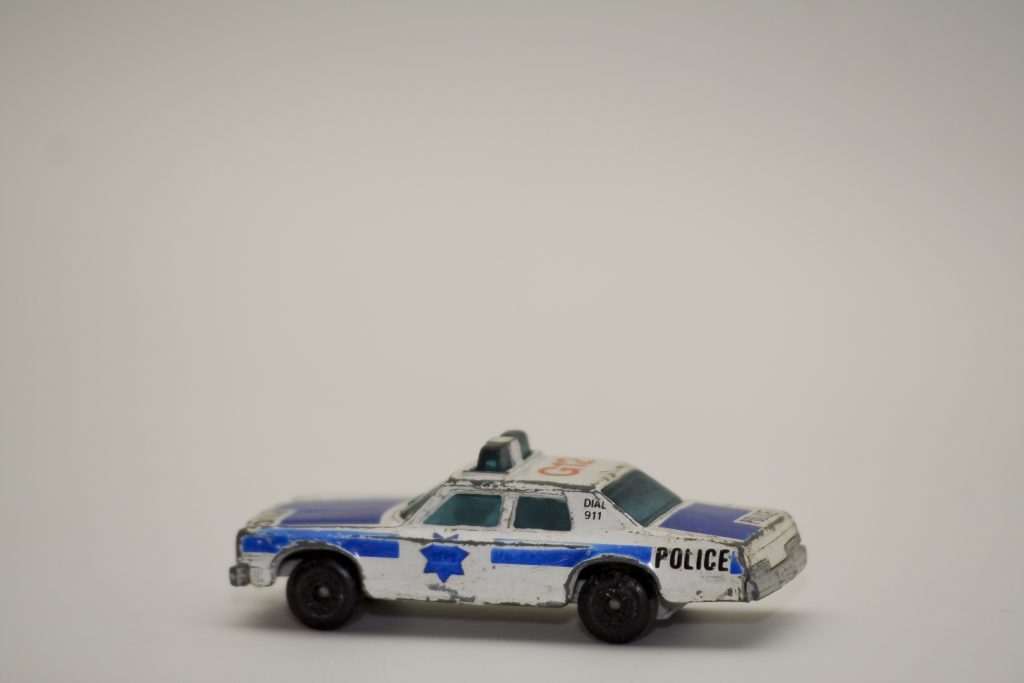 Car accidents can have long-lasting effects that are not immediately apparent at the time of the accident. Victims may initially report that they do not suffer from pain, only to be struck with it days, weeks, or even months later. This pain can have debilitating effects on one’s current and future career, as well as on one’s mental well-being and relationships with others. If a victim is not careful with the doctor he or she chooses or the actions he or she takes, a jury may dispute the damages (money) a victim may be entitled to. If a personal injury case makes it to court, it is best to reach the ideal verdict at the trial court level, rather than at the appeals level. The following case illustrate this.
Car accidents can have long-lasting effects that are not immediately apparent at the time of the accident. Victims may initially report that they do not suffer from pain, only to be struck with it days, weeks, or even months later. This pain can have debilitating effects on one’s current and future career, as well as on one’s mental well-being and relationships with others. If a victim is not careful with the doctor he or she chooses or the actions he or she takes, a jury may dispute the damages (money) a victim may be entitled to. If a personal injury case makes it to court, it is best to reach the ideal verdict at the trial court level, rather than at the appeals level. The following case illustrate this.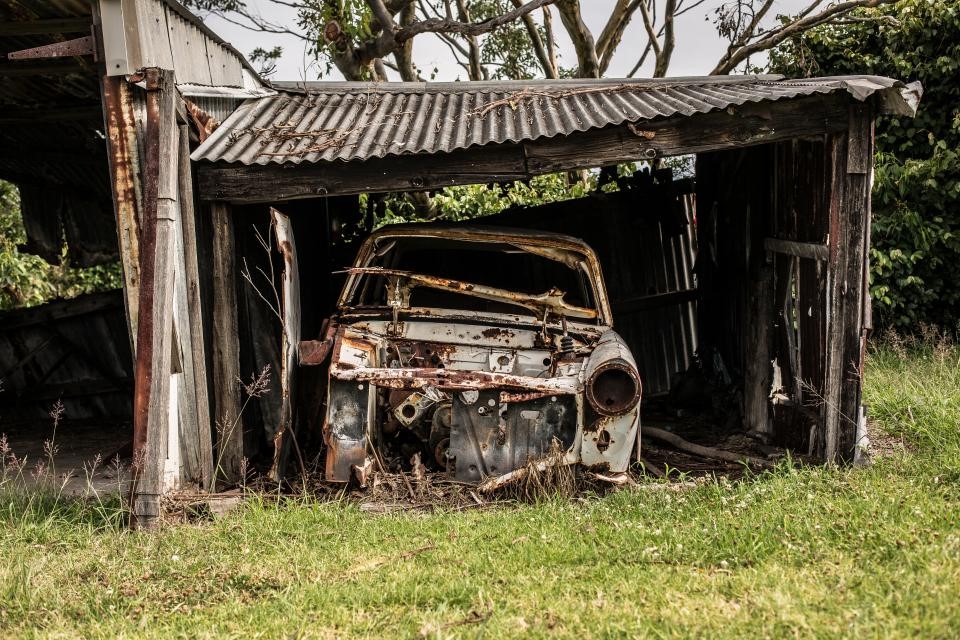 Life deals some people a tough hand. For Geneva Fils, a Louisiana infant in the foster care system, a car crash and severe injuries followed by a lengthy lawsuit added to her list of problems.
Life deals some people a tough hand. For Geneva Fils, a Louisiana infant in the foster care system, a car crash and severe injuries followed by a lengthy lawsuit added to her list of problems.  One bad decision can lead to a huge legal headache. The combination of a chaotic atmosphere and alcohol makes bars the perfect storm for mistakes that can later lead to huge liability. In a recent case, a man who punched another patron at a Tangipahoa Parish bar appealed a default judgment that awarded the victim over $100,000 dollars for personal injury damages and medical expenses.
One bad decision can lead to a huge legal headache. The combination of a chaotic atmosphere and alcohol makes bars the perfect storm for mistakes that can later lead to huge liability. In a recent case, a man who punched another patron at a Tangipahoa Parish bar appealed a default judgment that awarded the victim over $100,000 dollars for personal injury damages and medical expenses.